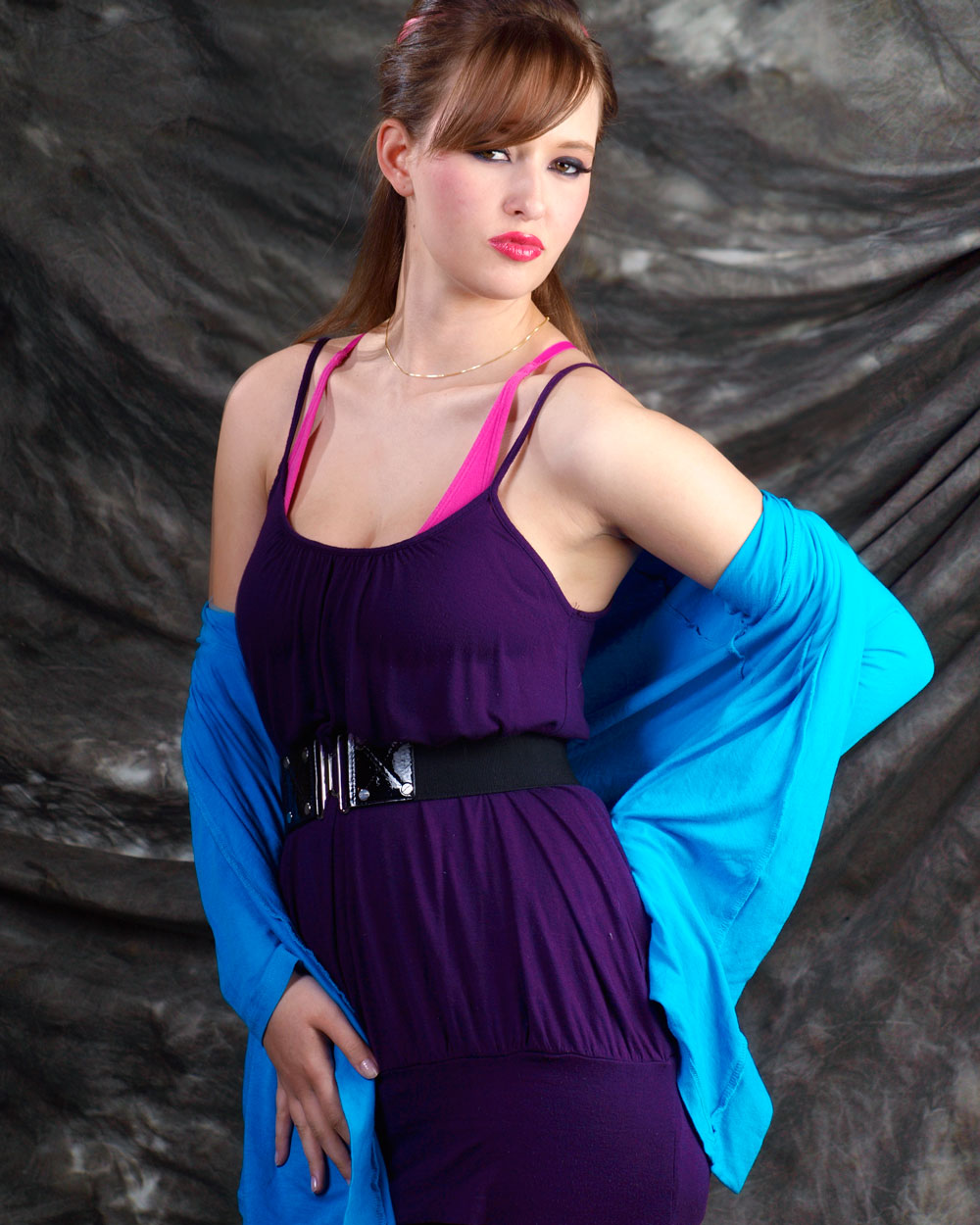Today’s Post by Joe Farace
“Anyone who has never made a mistake has never tried anything new.” ―
 Welcome to yet another edition in an ongoing series of blog posts where I share some of the stupid (photographic) mistakes that I’ve made over the years and, for some strange reason, always seem to involve attractive women.
Welcome to yet another edition in an ongoing series of blog posts where I share some of the stupid (photographic) mistakes that I’ve made over the years and, for some strange reason, always seem to involve attractive women.
This particular Stupid Photographer’s Trick involves two phenomenon that I’ve encountered over the years when photographing models: The first is the Stupid Photographer’s Trick itself, of which I have seem to have become a leading practitioner and the second is what I might call One-Hit Wonders. This has to do with models where I was either the first or one of the first people to photograph them and a short time later the model went on to fame and fortune (or some version of it) in the modeling world. And I never got to photograph them again. Not that I didn’t want to photograph them. Its just that as they became more famous and in demand they were no longer available for TF shoots and I couldn’t afford to photograph them, which the same situation that I find myself in today for, it seems ever model I contact or who contact’s me.
In this case I actually had two shoots with Kirsten before she was discovered by the photography world and today’s featured images are from our second and last shoot together. But not before she was featured on the cover of my book Available Light Glamour Photography
 How I made the film portrait: I made the above portrait of Kirsten in my former home’s basement studio using a Pentax 6×7 and 75 f/4.5 SMC lens and Kodak Ekar 100 film. The dark background in the above film portrait somewhat hides this faux pas but what you see at the bottom of the frame is not vignetting it’s unexposed film.
How I made the film portrait: I made the above portrait of Kirsten in my former home’s basement studio using a Pentax 6×7 and 75 f/4.5 SMC lens and Kodak Ekar 100 film. The dark background in the above film portrait somewhat hides this faux pas but what you see at the bottom of the frame is not vignetting it’s unexposed film.
The flash exposure was 1/60 sec at f/11 but clearly I needed to shoot it at the 6×7’s correct sync speed of 1/30 sec, which I didn’t discover until after the film was processed. Nevertheless, the large negative and fine grain of Ektar 100 roll film allowed more than acceptable (and square cropped) images to be made.
How I made the digital portrait: The camera used for the portrait at left was an Olympus E-620 Four-Thirds, not Micro Four-Thirds, camera and Zuiko 40-150mm f/4-5.6 lens at 114mm. The JPEG image was cropped to match the 6×7 format of the Pentax 6×7 to make comparison of the two images easier. Exposure was 1/60 sec at f/6.3 and ISO 125, which was well within the range of the Oly’s maximum flash x-sync speed of 1/250.
It’s all about sync speed: Any electronic flash has to synchronize with a camera’s shutter so that light will pass through the lens onto the film or image sensor. In order for the firing of an electronic flash to coincide with the shutter opening, the shutter speed must be set at or below the camera’s maximum sync speed thus allowing light to strike the sensor (or film.) If it’s set faster than that shutter speed, only the ambient light—not the flash—will be captured by the image and in low light, like the ambient light that was found in my former basement home studio, you may only see part of the photograph that was exposed by the flash, as you can see in the above right image.
If you would like to send me a roll of film to review or any other stuff that could be used for these posts and my videos you can mail it to: Joe Farace, PO BOX 2081, PARKER, CO 80134
 PS: Just a reminder: Podcast #4 is live now on my YouTube channel, Joe Farace’s Videos, featuring a look at a look at my Photo Month project, response to a Q&A that reveals a fanboy confession and an unboxing related to a previous Q&A
PS: Just a reminder: Podcast #4 is live now on my YouTube channel, Joe Farace’s Videos, featuring a look at a look at my Photo Month project, response to a Q&A that reveals a fanboy confession and an unboxing related to a previous Q&A
If you’re interested in learning how I shoot available light glamour portraits, please pick up a copy of Available Light Glamour Photography which is available new from Amazon.com for $29.95 with used books starting around $19.69. The Kindle version is $22.49 for those preferring a digital format.